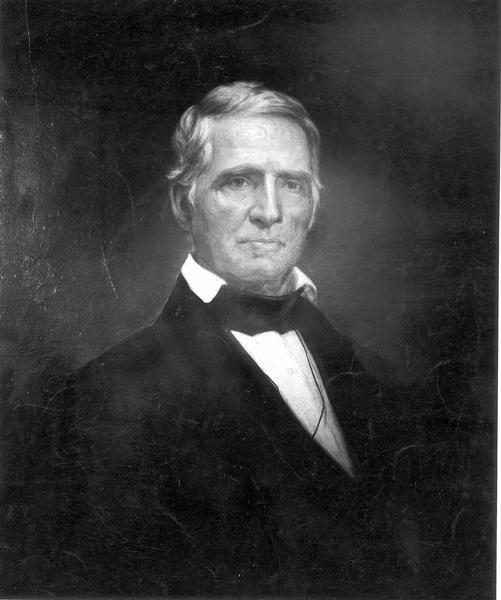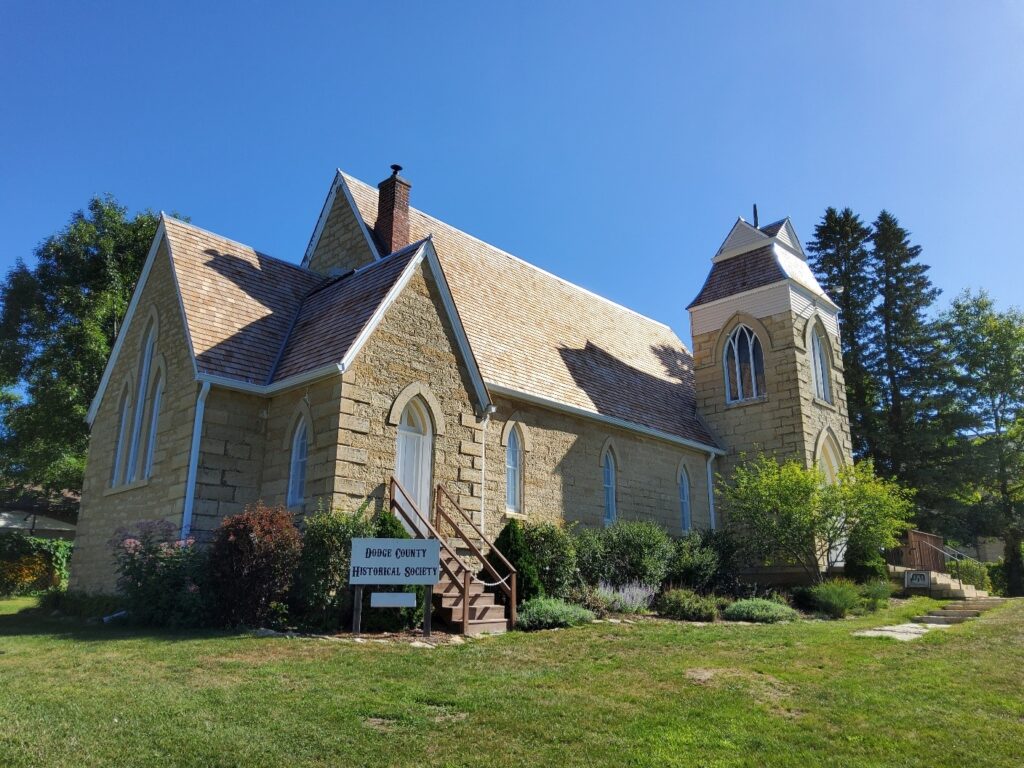Our history
Settling Dodge
In 1853, just one year prior to settling in Sumner’s Grove, Peter and Riley Mantor deemed the South Branch Middle Fork of the Zumbro River to have clean water, high quality timber stands, and plentiful game animals. The Mantor brothers staked their claim and returned east with hopes to return with their families, and they did just that.
The unincorporated village of Concord was the site of the first settler’s dwelling in Dodge County. On April 15, 1854, pioneers assisted James Monroe Sumner in erecting his family’s log house and subsequently called this new town “Sumner’s Grove.” However, when the plat was filed in 1856, the name was changed to Concord, after the capital of New Hampshire.


Surviving towns such as Hayfield, West Concord, Kasson, and Claremont were settled over the following decades with the expansion of the Winona-St. Peter Railroad. Since Dodge’s settlement in 1854 many ghost towns had once existed, but with the technological advancements of the train system fewer stops were required and these towns phased out.
In 1849 Dodge County was part of Wabasha County. In 1851 it was divided between Wabasha and Dakota County. Finally, Dodge County was divided off in 1855 and was named after former Wisconsin territorial governor and US senator Henry Dodge (1782-1867).

DCHS History
The Dodge County Historical Society (DCHS) is located in Mantorville, Minnesota. It is housed in the former Saint John’s Episcopal Church, also known as the “Hilltop Church.” The building was built in 1869 of native limestone. The first minister was Peter Ruth. Rumor has it that our resident ghost is his wife Sarah Ruth, who is buried somewhere under the church. This building holds historical artifacts and research archives. DCHS evolved from an organization called Dodge County Old Settlers Association, which was formed in 1876. The name was officially changed to Dodge County Historical Society in 1948. DCHS is managed by a board of directors elected by the membership at each annual meeting. Limited funding is received from Dodge County and funds are raised each year to preserve artifacts, fabricate exhibits, and to provide for maintenance/repair of buildings.
